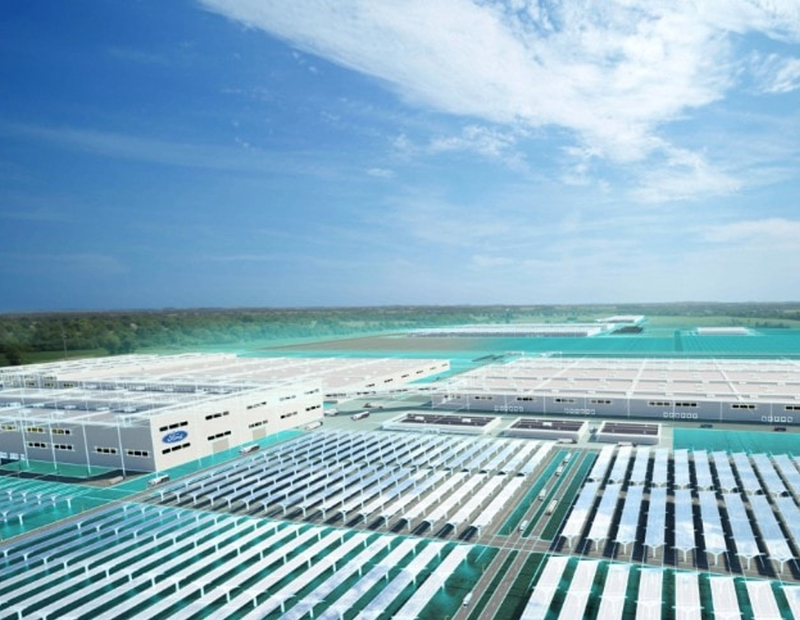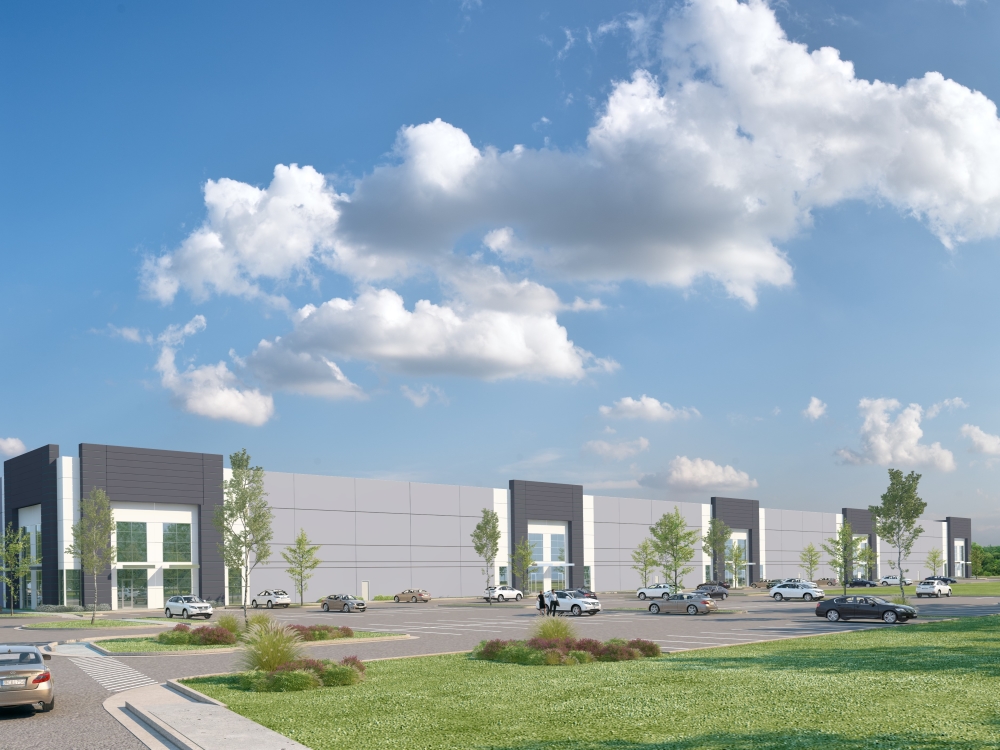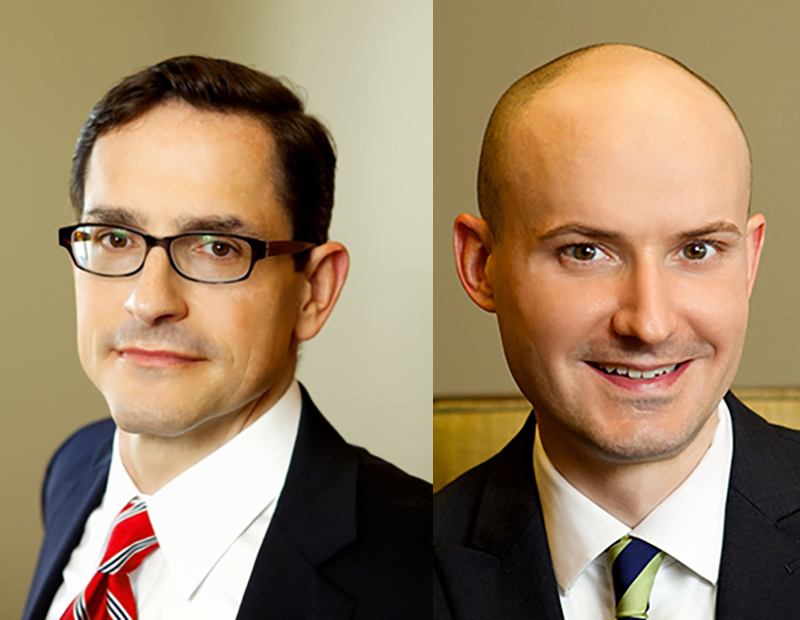Building Resilience for a Changing Climate
Structural engineers and design professionals are making crucial contributions with adaptation strategies, say Hemant Shah and Scott Lawson of Archipelago.
In 2021, the global insurance industry paid over $120 billion in catastrophe claims, the second-largest annual loss ever experienced by insurers. About $85 billion of that loss was in the U.S. alone, driven by the Texas freeze, Hurricane Ida and the December tornado outbreak across the central and southern U.S.
While it’s difficult to attribute any specific event, or any year’s activity, to climate change, experience, data and science tell us that volatility is increasing and that the frequency of severe weather events is almost certainly going to increase further in the coming decades. For example, NOAA’s recently published 2022 Sea Level Rise Technical Report projects that by 2050, the frequency of major coastal flooding events will increase by a factor of five times from current rates. The consequences of our changing climate will not be limited to coastal flooding; warmer waters will spawn more severe hurricanes, and shifting weather patterns will likely lead to more extreme tornado and hail outbreaks, severe convective storms, polar vortex disruptions and inland flooding.
Many constituents across our economy and society are rising to this challenge. One community that is doing so are the structural engineers and design professionals that define and construct our built environment. Increasingly, this community is building resilience for a changing climate.
Taking Action
Earlier this year, the National Council of Structural Engineers Association (NCSEA) held their Structural Engineering Summit in New York City, and climate-related resilience was front and center through the event. For the first time, new building codes (ASCE 7-22) are being promulgated that explicitly design for tornado-driven wind speeds with main force wind resisting systems, and all cladding and components, along with impact resisting glazing in specific buildings. The objective is that certain buildings in tornado prone regions of the US will be able to withstand up to F2 tornadoes, which account for over 90 percent of the tornadoes that occur each year in the US.
And these new codes go beyond wind. With ASCE 7-22, the reliability targeted design for roofs bearing snow loads represents a significant change from prior editions of the code. In particular, the new loads address the expectation that mid-latitude locations which historically have not experienced large accumulations of snow but have higher potential for extreme accumulations in the future.
Adaptations that ensure the resilience of our built environment are being considered not only for new construction, but for legacy buildings as well. Following the Surfside Collapse in Florida, the state’s engineering associations, in a joint report, called on Florida to require that nearly all large buildings be inspected for structural integrity within their first 30 years, with follow-ups every 10 years, and even more frequently for buildings within three miles of saltwater, which exposes concrete and structural steel to risks of corrosion.
Engineering codes and design practices are also evolving to recognize that, in a changing climate, we need to ensure not only the integrity of our structures when burdened with more severe climate hazards, but also the continuity of their operational performance so that our economy experiences less disruption when these events occur. While these higher performance objectives require more stringent design criteria, implying use of larger quantities of high-performing materials and increased effort during construction, the engineering community is innovating to hold down the cost premiums associated with these recovery-based objectives. For example, numerous studies have shown that buildings designed with recovery-based criteria will cost just 2 to 5 percent more than designing only for life-safety (i.e. collapse) criteria.
Finally, the engineering community is also stepping up its commitment to more sustainably constructed buildings. Take Mass Timber, for example. ASCE 7-22 is the first instance of the code where cross-laminated timber (CLT) shear walls have been specifically referenced in the Standard. Mass Timber is sustainable: replacing steel with mass timber would reduce carbon emissions by up to 20 percent. By some estimates, near-term use of CLT and other emerging wood technologies in seven to 15 story buildings could have the same emissions control effect as taking more than two millions cars off the road for one year. Mass Timber also makes construction more cost-efficient, without compromising on safety. Mass Timber is strong with high strength-to-weight ratios; and is fire resistant as during fires exposed mass timber chars on the outside, forming an insulating layer protecting interior wood from damage.
Structural engineers and design professionals are already making a crucial contribution with these adaptation strategies. Adapting and managing for a changing climate will take concerted efforts from all sectors of our society and economy, including commercial real estate developers, and investors that are increasingly prioritizing the need for more resilience in their portfolios, as well as the insurers and lenders who are factoring these risks into their underwriting, incentivizing risk reduction. Not to mention, the corporations that expect their physical environment to support their business needs. By aligning, all together, around the data and science, we can engineer a more resilient built environment.
Hemant Shah is the CEO of Archipelago, an AI technology and data analytics company. He co-founded Risk Management Solutions (RMS), a risk modeling firm serving the global insurance industry. Dr. Scott Lawson is the chief risk engineering officer at Archipelago. He received his PhD in Structural Engineering from Stanford University and is a licensed professional engineer in six states.









You must be logged in to post a comment.